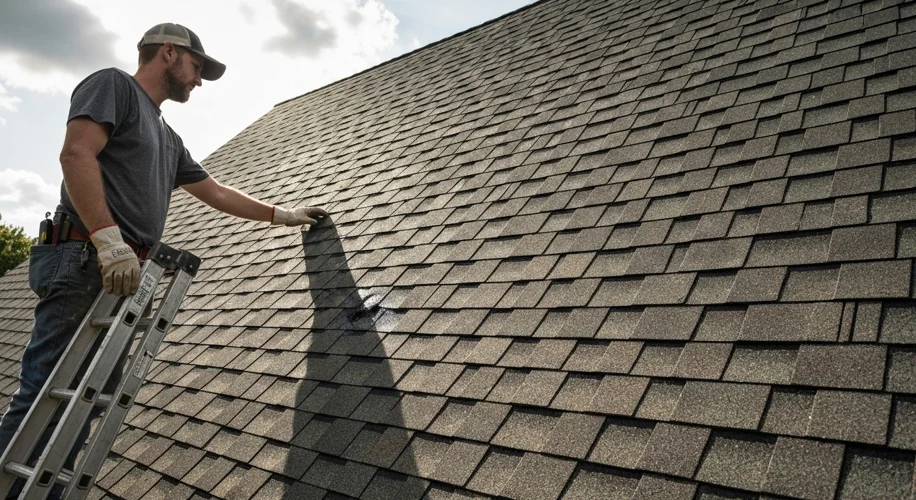Hey everyone,
As a gardener, I’m used to thinking about cycles – planting, growing, harvesting, and then preparing for the next season. It’s a natural progression. But when it comes to our homes, especially around the ten-year mark for a roof, we sometimes face a different kind of decision: repair or replace?
Recently, I’ve been thinking about this because a small leak popped up, and it got me wondering about the best course of action for a roof that’s about a decade old. It’s not a huge problem right now, but it’s enough to make you pause.
Understanding Your Roof’s Age and Material
Most asphalt shingle roofs have a lifespan of about 15 to 30 years, depending on the quality of the shingles, the climate, and how well it’s been maintained. A 10-year-old roof is often still in its prime, but a small issue can be a sign of things to come, or it could be an isolated incident.
When we talk about leaks, especially on an older roof, it’s important to consider what might be causing it. Are shingles missing or damaged? Is the underlayment compromised? Sometimes, a minor patch can extend the life of your roof significantly, saving you a lot of money in the short term. This might involve applying a roofing sealant to small cracks or replacing a few damaged shingles.
Felt vs. GRP: A Quick Look
For smaller repairs, materials like roofing felt (often asphalt-saturated felt) or specialized sealants are common. Felt is a traditional underlayment material, and it can be used for patching. On the other hand, GRP (Glass Reinforced Plastic), often called fiberglass, is a more modern material. When used in roofing, it’s typically as part of a membrane system, offering good durability and water resistance. For a small patch, you might be looking at specialized repair tapes or sealants that incorporate fiberglass for strength.
Cost Considerations
Replacing a whole roof is a significant investment. Estimates can range quite a bit, but you’re often looking at several thousand dollars, depending on the size of your home and the materials chosen. Patching, on the other hand, can often be done for a few hundred dollars, sometimes even less if it’s a very minor repair you can tackle yourself.
However, the cheapest option isn’t always the best long-term solution. If your roof is nearing the end of its expected lifespan anyway, putting money into patching might just be delaying the inevitable and could lead to more expensive repairs down the line if the underlying issues aren’t addressed.
Making the Decision
So, what’s the verdict for a 10-year-old roof with a small leak?
- Get a professional inspection: This is key. A qualified roofer can assess the overall condition of your roof, identify the source of the leak, and advise whether a patch is a viable temporary or long-term solution, or if a full replacement is recommended.
- Consider the age: Is your roof approaching its average lifespan? If so, replacement might be the smarter financial move.
- Evaluate the extent of damage: Is it just one or two shingles, or are there signs of widespread wear and tear?
For me, the thought of a small leak turning into a bigger problem, especially with the changing seasons, means I’ll be calling a professional to get a clear picture. It’s always a balance between immediate costs and long-term peace of mind, much like deciding whether to nurture a struggling plant or start anew. What have your experiences been with roof repairs or replacements?

